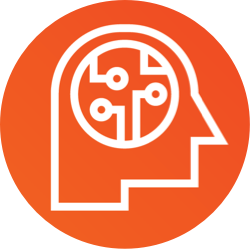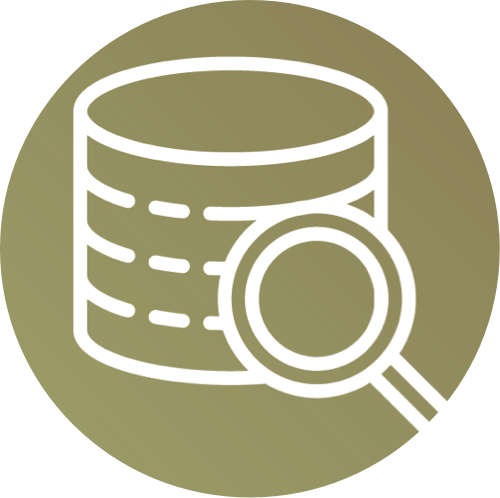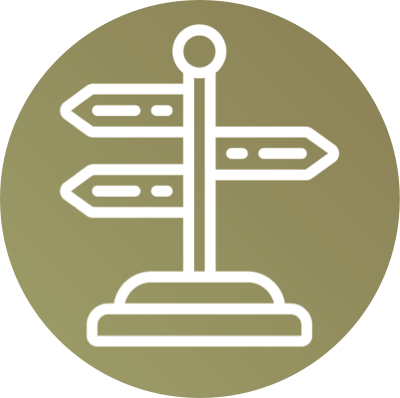Measure or be measured?
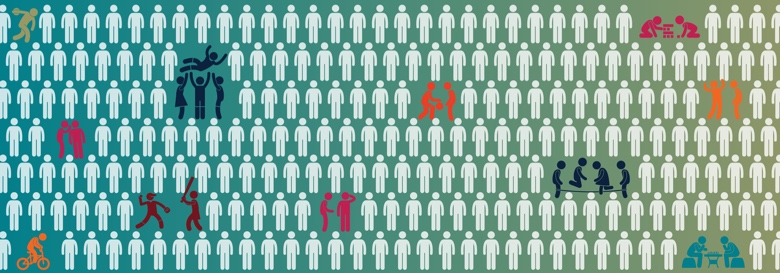
Start your workplace self-quant routine now
Been seeing more movies lately? We’ve been thinking about Moneyball. As fans of all things quantitative, we loved seeing this story of triumph-by-numbers featured on the big screen. However, we also can’t stop wondering what if the players themselves had access to more of that kind of analytical expertise. In complex or rapidly evolving situations—like our current public health challenge—the data or insight provided by a single person can make a difference. Scroll on down to "On Our Minds…", in which we ponder how putting measurements into the hands of the measured might change the game.
On our minds
Most people in real estate and building the industry spend a lot of time measuring space—square feet, ceiling heights, workstation seats, and the like. But space doesn’t conduct business. People do. We have long held that the data that matters most in the pursuit of performance is people-data.
Data topics are bubbling up just about wherever you look. Top universities and research organizations have established programs to study the intersection of people and technology at work, including the Wharton School’s People Analytics program, MIT's Initiative for the Digital Economy, even the Fulcrum Conference held last year in Detroit. We also see growing appreciation for the discipline of behavioral economics, which attempts to describe the impact of emotion and cognitive biases on human behavior.
What these all have in common is that they include efforts to quantitatively explore aspects of the workplace experience that have historically been considered soft, studied through qualitative means. However, the business value of such approaches can be significant, returning $10 or more for every dollar invested.
Of course, in any data conversation, the first step is asking the right questions to make sure one has the right data, especially when making critical decisions. Newness, and lack of data, is one of the major challenges in our current disruption to life and the economy. This situation leaves us clamoring for facts and susceptible to distortion or exaggeration, especially about long term implications, creating a "black swan" event.
The circumstances—and our difficulties in mounting an effective response—also highlight a problem: even under regular conditions we lack significant data about the relationships between our work, our lives, and each other.
We don’t know, for example, the impact that widespread remote work will have on our society because we lack comprehensive data on the work-life relationship during normal times. The same goes for the impact of reduced access to childcare or school closures. If we had richer data, we might be better equipped to model and even predict some of the results of unexpected events.
Even as data ownership has become a hot topic in the broader world—with some calling for Big Data practices to be abolished—people are still mistakenly thinking that big organizations are the only players who can wield the power of data. This reflects a persistent problem of the workplace—decisions are still too driven by external trends and limited data around some of the most important topics, individual workers.
So, back to Moneyball—as prediction and measurement geeks, we love a story that proves the transformative insights of a quantitative approach. However, in this case, all of the data and analysis were in the hands of the managers (i.e., the employers). From our perspective, this makes a difference, who gets counted and who does the counting both matter.
Much attention of the quantified-self movement, which seeks self-knowledge through self-tracking, focuses on productivity tools or fitness trackers used for personal health and wellness, like FitBit. These are great, but they are only scratching the surface of possibility. There is no reason such self-quanting can’t play a larger role in both workplace and society. Speaking of, is that US Census envelope still sitting on the table, unopened. Go ahead and fill it out now—we’ll wait!
In the workplace, individuals can take the lead in measuring their own experience. The physical environment is one place to start, with apps like the Physics Toolbox empowering anyone with a phone to quantify many aspects of their surroundings. We can also choose to measure any part of our mental or emotional experience throughout the day; just as a doctor might ask a patient to quantify their pain on a scale from one to ten, one could do the same with stress, or sense of productivity. Interesting patterns can emerge from comparing this inner data to the outer data provided by more standard analytical tools and sensors.
Wearables and mobile devices make self-quant more automated, but new-fangled technology is by no means a required ingredient. Insights can be gleaned from using plain ol’ pen and paper, or a basic spreadsheet. One benefit of building your own solution from simple tools is hackability. You can create a system specific to your own work and life, rather than relying on manufacturer defined metrics. Try making a mini survey for yourself, maybe with Google Forms, then put a link to that survey in your calendar. Each day answer a few questions about what worked and didn't about your environment. DIY for the win!
When we perform our own quantitative analysis, and share the results, we can help fill holes in our collective understanding and reveal nuances that top-down approaches might miss. For example, as discussed at last year’s WPAC, one of the challenges inherent in the study of pay equity and executive leadership is often that there is simply not enough data on women and minorities to inform the desired insights.
People, both individuals and organizations, tend to count the things that are most important to them. If individuals are encouraged to measure and share, we can both improve our own performance and that of the organization. Self-quantification offers an opportunity for more people to take control of the data that measures or impacts their work.
There's no time like the present, so get started journaling, self-quanting, or just being more aware of how you are experiencing work now. Start assembling evidence for characterizing the most productive, effective, creative, stimulating, relaxing places to support your work.
From the archives
Last year, our March newsletter celebrated Women’s History Month by honoring trailblazing women in the design and construction industries. This year, for the first time, a team of women architects won the prestigious Pritzker Prize, yet there is still more to do in support of equality. In contrast to the advice to "lean in", a recent HBR podcast says that it’s workplaces—not women—that need to change.
Last year, we explored ways to measure the impact of design in PROOF: The Power of Social Research in Design, a panel hosted by the AIANY Social Science and Architecture Committee. Our more recent events focused on the role of measurement and technology in the workplace— Scaling Customization: New Frontiers of Flexibility for Innovative Environments, and AI and Sensemaking: Human-Centered Design in the Age of Abundant Data.
That’s all for this month. We want to hear all about your latest efforts to quantify what you do—or just tell us about your favorite math movie. Stay safe and healthy!
In Case You Missed It
The last few weeks have been full of news.
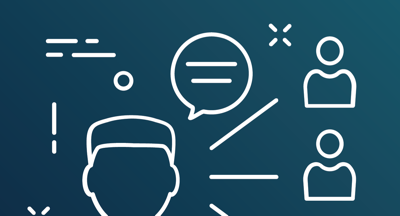
PLASTARC’s Desk Sharing Research
Sharing time! We still want to learn about your experience with desk sharing. Please take a few minutes to offer your insights here
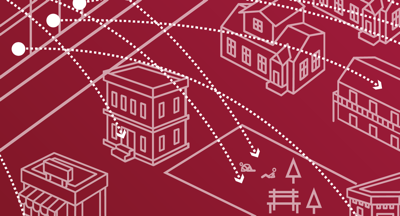
10 Ways to Stay Happy and Healthy when Working from Home
As long-time advocates for working from anywhere, we shared some tips and best practices for novices and veterans alike.
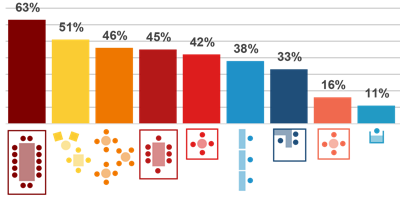
Frontiers in Social Data for Real Estate
Corporate Real Estate Journal printed our latest article on the evolving role of data in the business decision-making.

The Lives of Working Parents Now
Remote work is not equally accessible to everyone—this webinar explores the unique challenges faced by working parents.
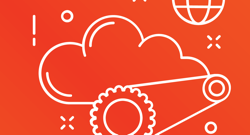
Remote Work Webinar
Our friends at Proving Ground, who have been working remotely for a long time, produced a great webinar on doing it well.
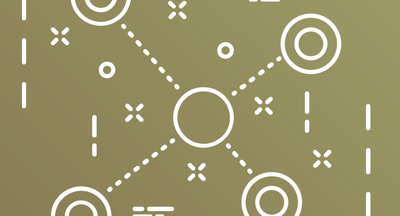
10 Years On: INC Publishes Entire Issue Remotely
A decade ago, the magazine shared what they learned from publishing an entire issue without coming to the office.
Looking Ahead
We’re tipping our hat to organizations who have putting their content online, in some cases even making previously paid or limited events free to all. This offers a more creative and inclusive response than canceling. Here are a few:


